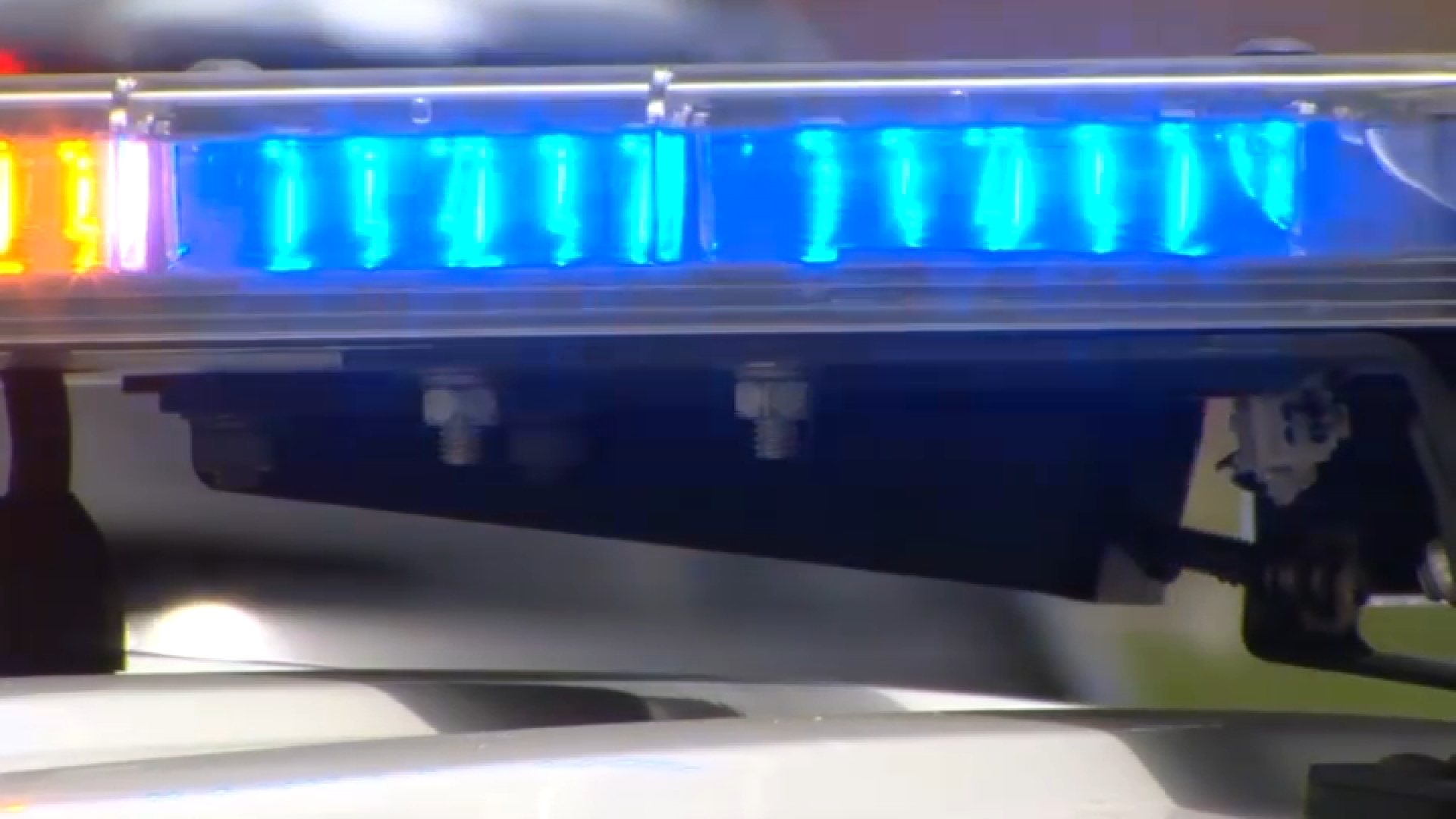While Thursday in the Chicago area will feel more like July, a cold front bringing fall-like weather with showers and a 20-degree temperature drop is on the horizon.
"We're hanging onto summer for another day," NBC 5 Meteorologist Alicia Roman said, of Thursday's forecast. "By the weekend, we're going to a see some changes moving in. A taste of fall."
According to Roman, Thursday was expected to be mostly sunny, with increasing clouds by afternoon. Temperatures will be above average, with a high of 87 degrees expected.
Dew points will also rise as the day goes on, bringing higher humidity to the region, Roman added.
Around 8 p.m., showers were expected to move into the area, with the potential for isolated storms to the north and west. More isolated storms were possible overnight, Roman said.
Rain and storm chances continue through the late morning Friday and early afternoon, Roman said, with lake effect showers in Northwest Indiana likely late Friday night and into Saturday morning.
Saturday will also bring a big temperature drop, Roman said, thanks to a cold front passing through.
Overnight Friday, temperatures are expected to be in the low 70s -- which will mark the high temperature for the day. By Saturday afternoon, temperatures may only warm into the 60s, Roman said, with a predicted high of 66 degrees.
By Sunday and into next week, temperatures will rise, with temperatures back in the 70s and 80s.
Feeling out of the loop? We'll catch you up on the Chicago news you need to know. Sign up for the weekly Chicago Catch-Up newsletter.
NBC 5 Meteorologist Kevin Jeanes noted that mid-October is when the Chicago area typically sees its longest stretch of cooler weather and 50-degree temperatures. Last year, that began as early as Oct. 9, Jeanes said.
When does fall begin?
It depends on how you measure it.
Meteorological fall for 2024 started Sunday, Sept. 1 and ends Nov. 30, Roman said. It's grouped by three months: September, October and November.
Experts say its easier for keeping stats, and follows the calendar.
“By following the civil calendar and having less variation in season length and season start, it becomes much easier to calculate seasonal statistics from the monthly statistics, both of which are very useful for agriculture, commerce and a variety of other purposes,” the National Centers for Environmental Information said.
Astronomical fall -- or the fall equinox -- officially takes place Sept. 22, and is based on the position of the earth relative to the sun. At that time, the length of daytime and nighttime is equal, Roman said.
Astronomical fall ends Dec. 21, making way for the winter solstice.
Following the autumnal equinox in September comes daylight saving time, when those in Illinois and 47 other states will turn their clocks back, or "fall back."
When is daylight saving time?
For 2024, daylight saving time falls on Nov. 3.
In the lead-up to that, sunsets will slowly inch earlier, with the sun eventually setting at 4:41 p.m. as DST wraps up.
What is daylight saving time?
It's important to know the difference between the two times often debated: daylight saving time and standard time.
As it stands, Illinois shifts between the two. The "spring forward" is when the state enters daylight saving time, and the "fall back" marks a return to standard time.
According to the website Time and Date, standard time is the local time in a country or region when daylight saving time is not in use.
"More than 60% of the countries in the world use standard time all year," the site says. "The remaining countries use DST during the summer months, generally setting clocks forward one hour from standard time."
Daylight saving time is a changing of the clocks that typically begins in spring and ends in fall. Under the conditions of the Energy Policy Act of 2005, daylight saving time starts on the second Sunday in March and ends on the first Sunday in November. On those days, clocks either shift forward or backward one hour.



